Article list
Reduction of energy and material losses caused by friction (tribological phenomena) in inert, vacuum, or chemically aggressive environments and in microscale systems requires dry lubricant systems since the classical liquid lubricants lose their efficiency in such conditions. The most promising lubricants for these applications include two-dimensional layered crystals of MoS2, graphene, or hexagonal-BN. However, modification…
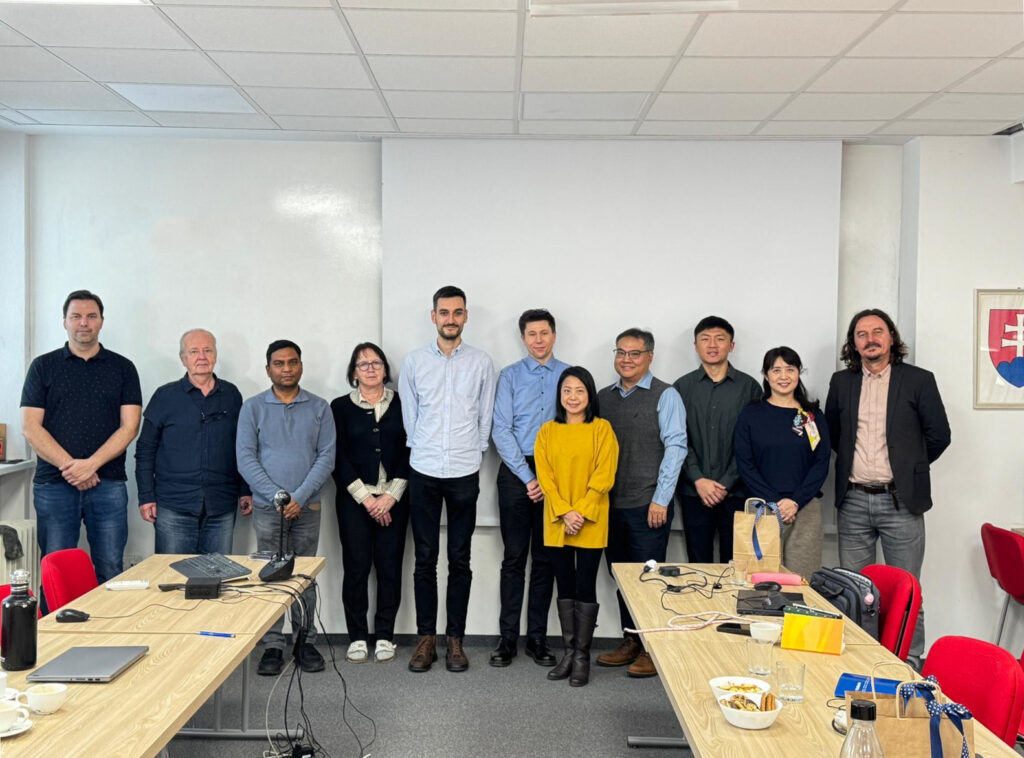
A mid-term review meeting took place this week as a part of the ongoing strategic collaboration between the Institute of Electrical Engineering of the Slovak Academy of Sciences (IEE SAS), Taiwan’s Industrial Technology Research Institute (ITRI), and the Slovak University of Technology (STU). The partners reviewed the achievements of the past two years and discussed…
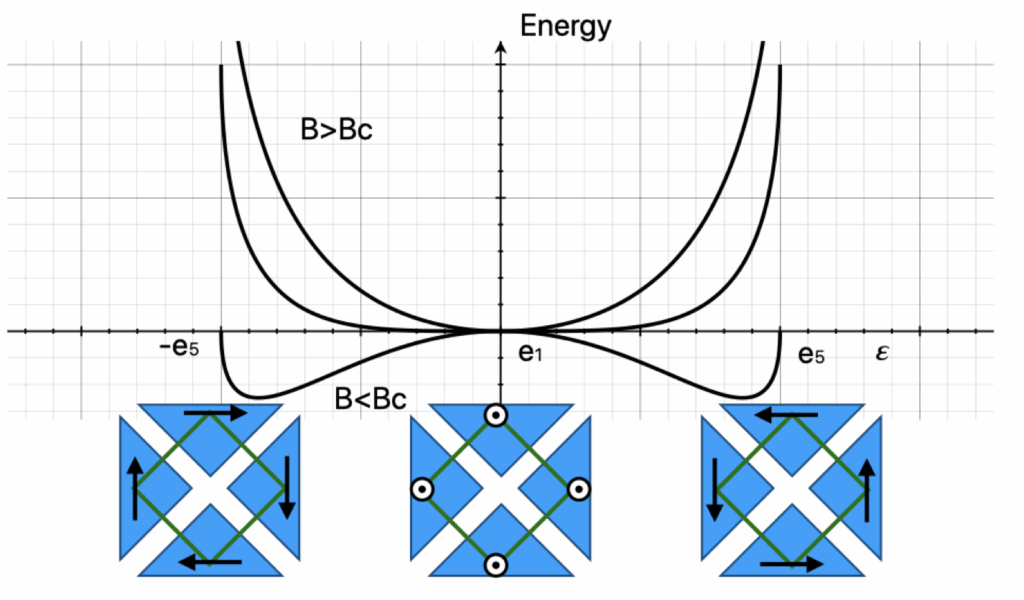
Artificial magnetic structures with periodic magnetic ordering – artificial magnetic crystals – are potential media for magnetic waves. Creating order in artificial 2D magnetic structures is problematic due to the large energy barriers between many metastable states. We have studied the reduction of these energy barriers by applying an out-of-plane magnetic field. The out-of-plane field partially rotates the magnetic…

The Selection Committee for the election of the Director of the Institute of Electrical Engineering Slovak Academy of Sciences (IEE SAS) and the Scientific Board of IEE SAS invite you all to the presentation of the candidate for the position of Director of the IEE SAS – Ing. Milan Ťapajna, PhD., which will take place on November…

Superconductivity offers transmission of direct electrical current with zero losses. However, it is possible to only produce wires with finite length (< 1km) and to obtain required lengths, joints with zero or very low electrical resistance have to be developed. One of the fields which would greatly benefit from such joints are short-circuited superconducting magnets,…
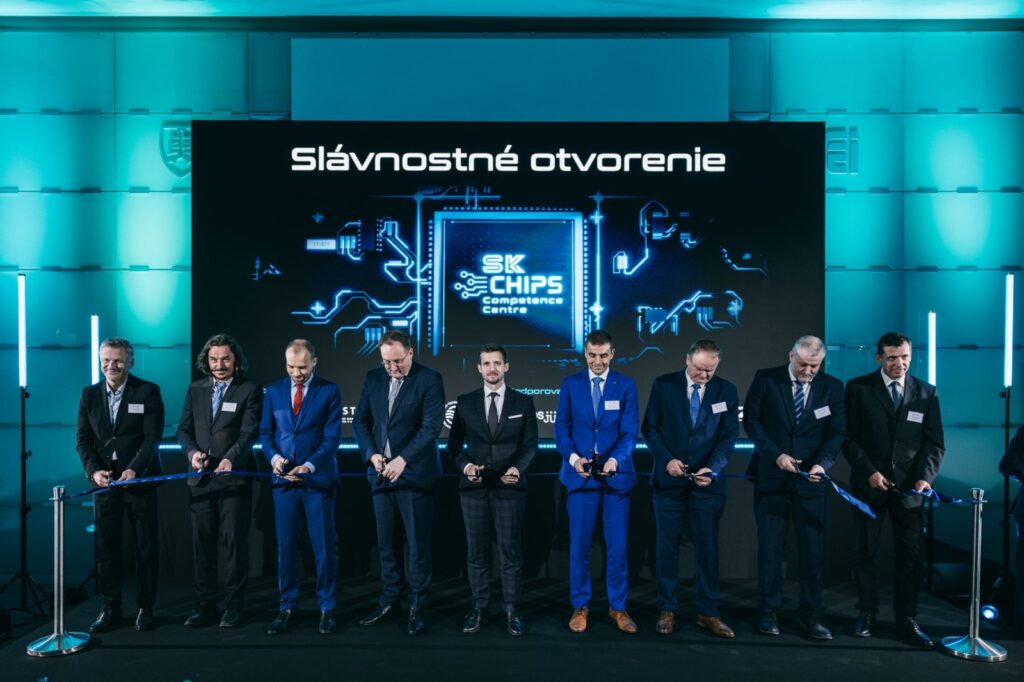
Slovakia has officially opened its own Chip Competence Centre (SK CCC), and the Institute of Electrical Engineering of the Slovak Academy of Sciences is one of its founding members. The ceremonial opening took place on Friday at the Faculty of Electrical Engineering and Information Technology of the Slovak University of Technology (FEI STU) in Bratislava,…

The Institute of Electrical Engineering, Slovak Academy of Sciences (IEE SAS, v. v. i.) cordially invites you to an IEEE Distinguished Lecture by Prof. Dr. Tuo-Hung (Alex) Hou from the National Yang Ming Chiao Tung University (NYCU), Taiwan Date: November 24, 2025Time: 9:00 a.m.Venue: Conference Room 101, Institute of Electrical Engineering SAS,Dúbravská cesta 9, Bratislava…
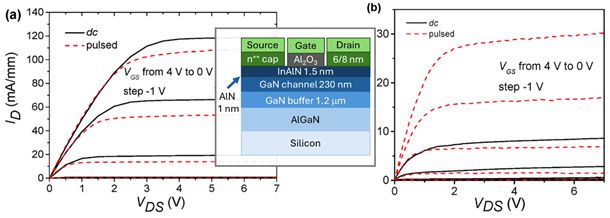
Highly Si-doped gallium nitride (n++ GaN) layers play a key role in developing reliable high-electron-mobility transistors (HEMTs) for power and communication electronics. Our researchers from the group of III-V semiconductors investigated their growth using metal-organic chemical vapor deposition (MOCVD) at 800 °C and optimized the silicon precursor flow (SiH₄) to improve both electrical and structural…
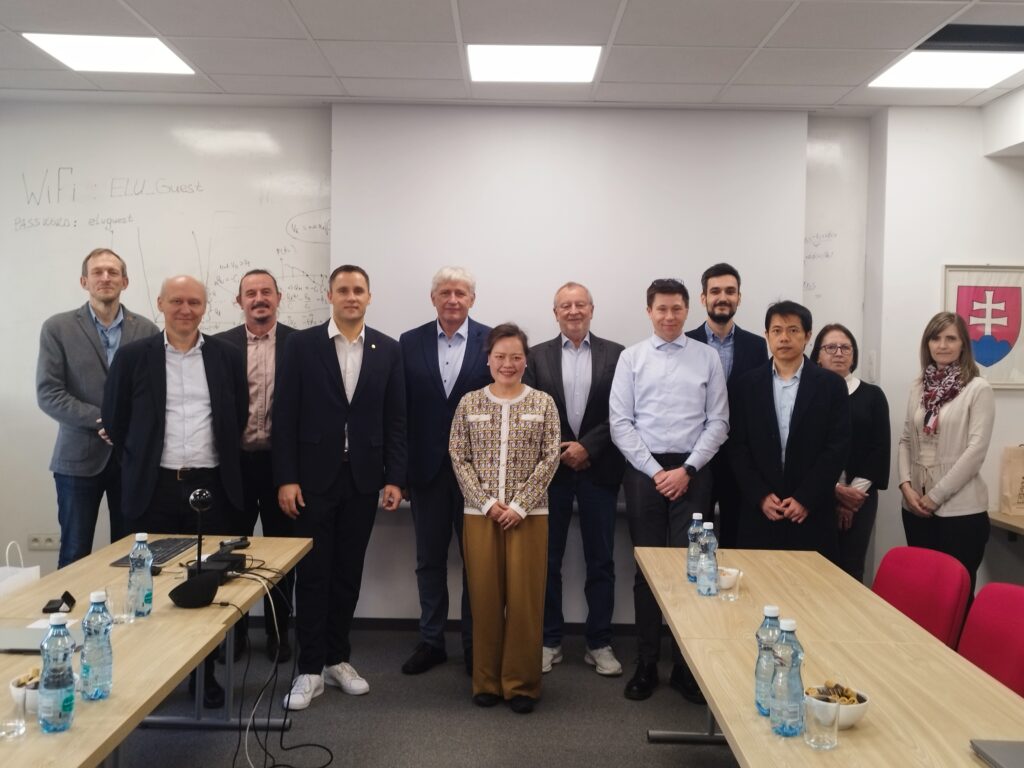
On October 28, 2025, the Institute of Electrical Engineering of the Slovak Academy of Sciences (IEE SAS) welcomed a distinguished delegation from Lithuania, led by Ms. Wang Hsueh-Hong, Head of the Taiwan Representative Office in Lithuania. Among the guests were prominent representatives of the Lithuanian academic community – Dr. Aidas Matijosius, Dean of the Faculty…
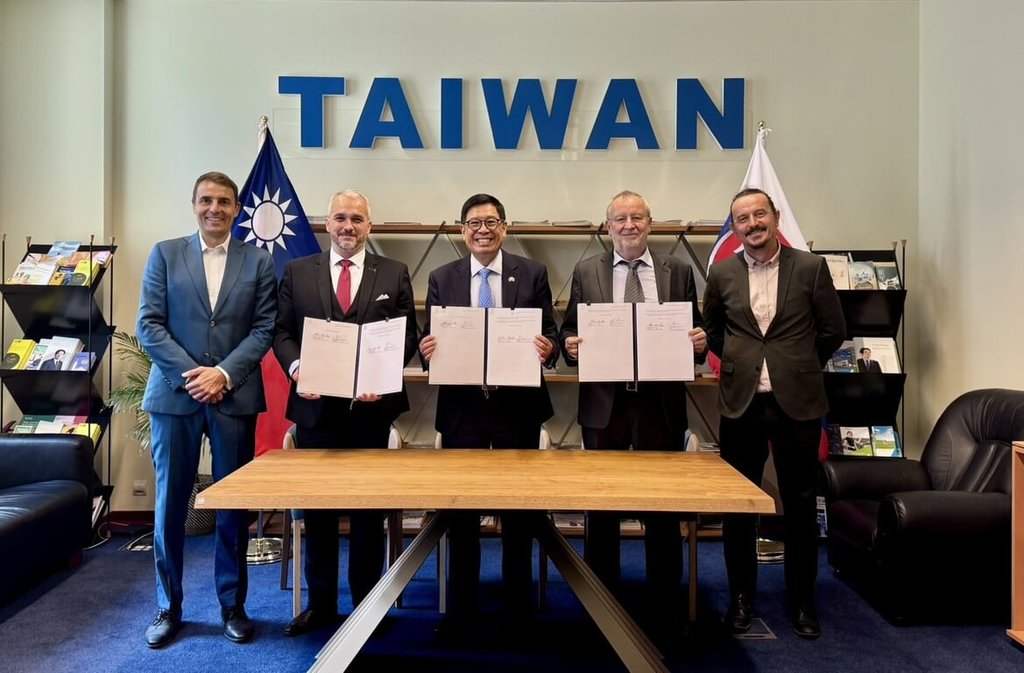
Representatives of the Taiwan Representative Office in Bratislava (TROB), Mr. David Li Nanyang, together with the director of the Institute of Electrical Engineering of the Slovak Academy of Sciences (IEE SAS), RNDr. Vladimír Cambel, DrSc. and the rector of the Slovak University of Technology, Prof. Ing. Maximilián Strémy, PhD. signed their third cooperation agreement on…





